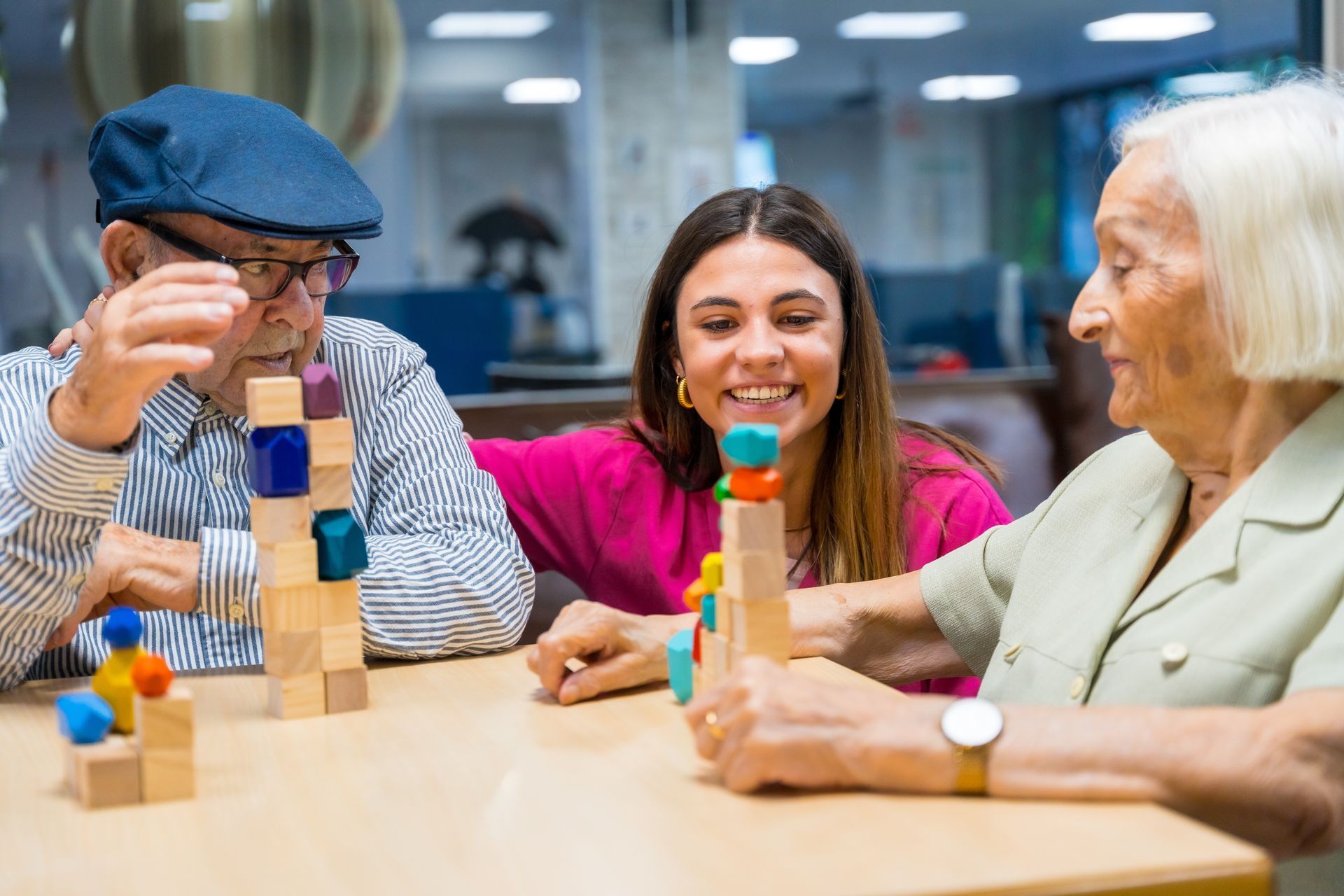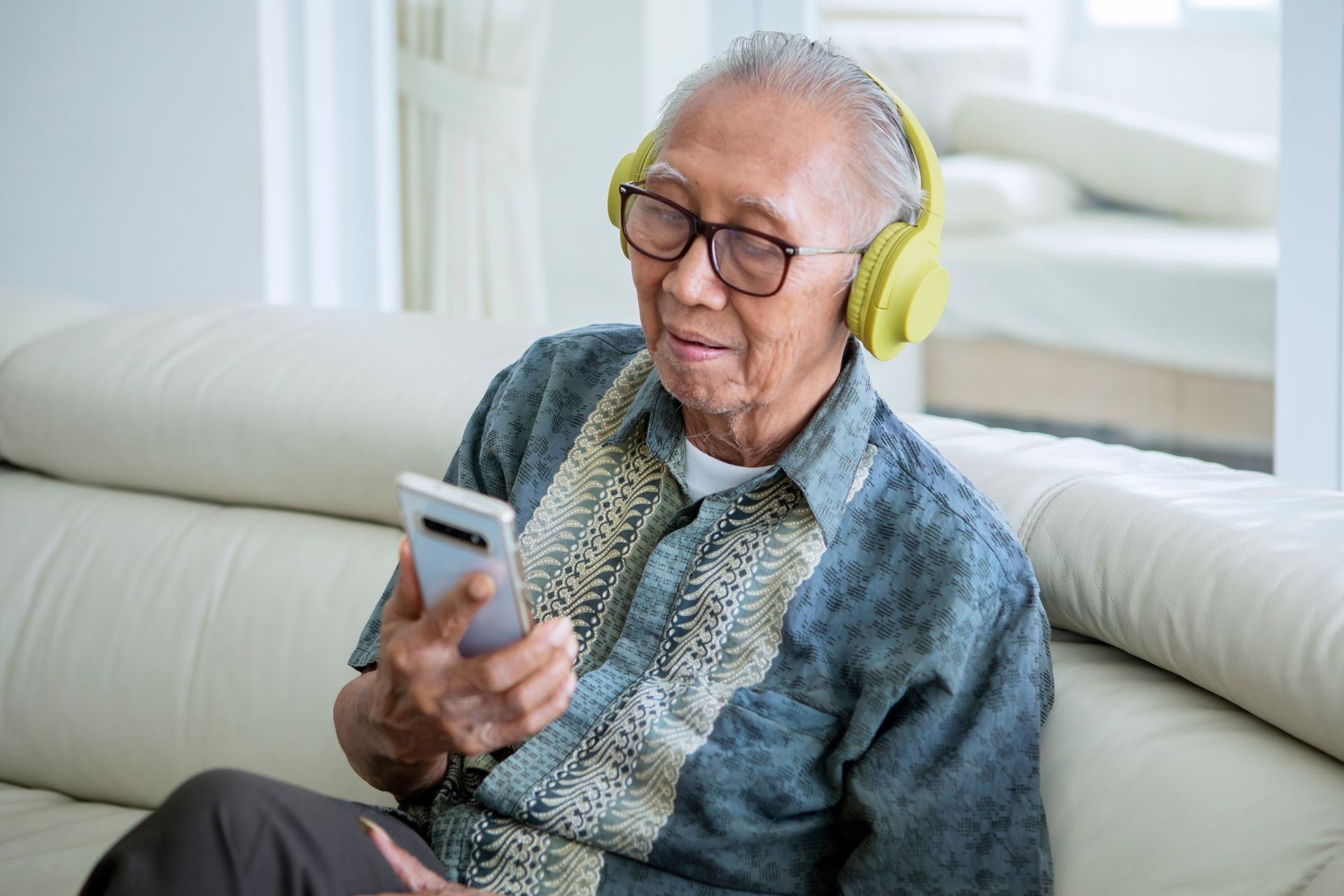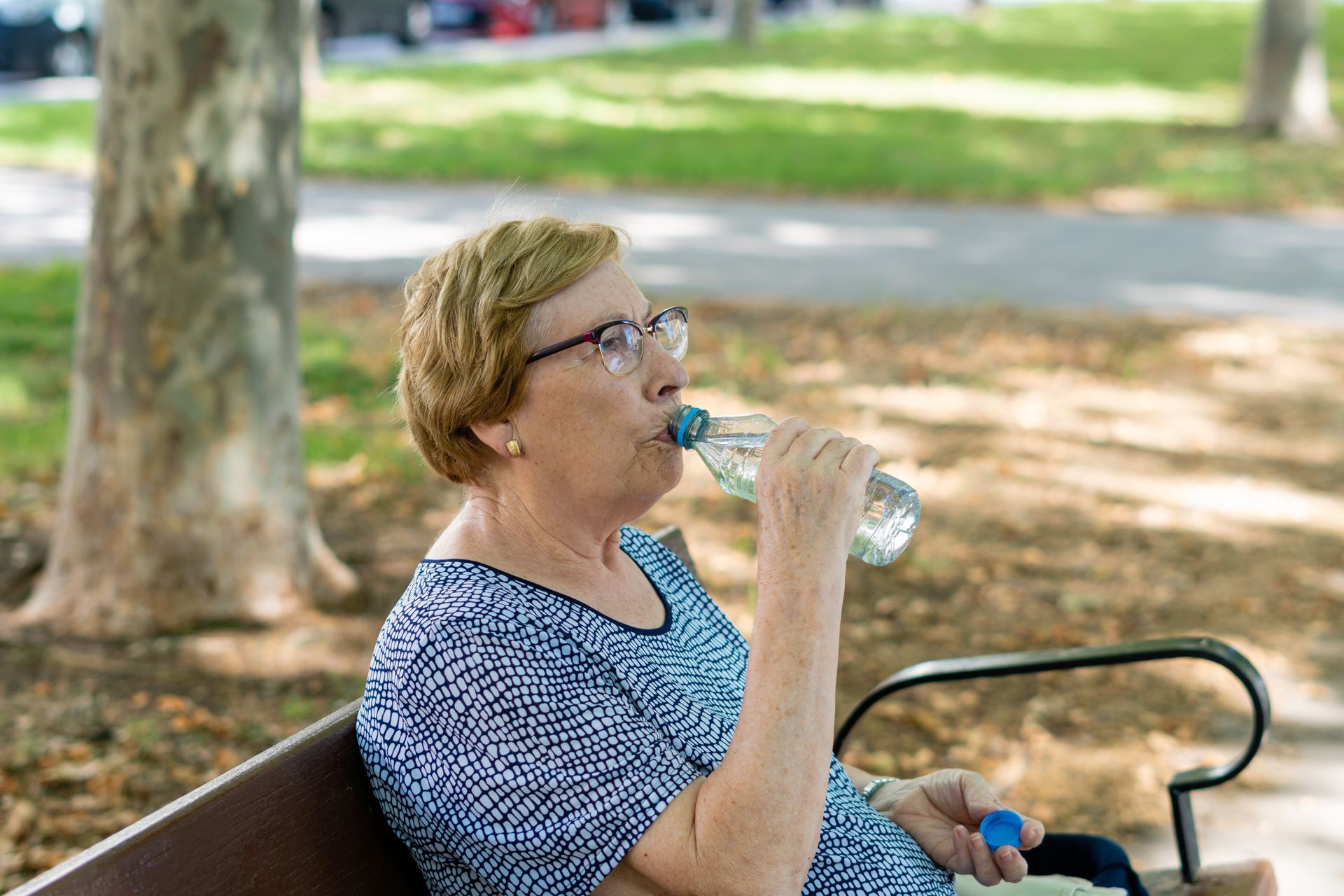BLOG
Combatting Social Isolation in the Digital Age: Creative Ways for Seniors to Connect Online
Social isolation among seniors is a growing concern, particularly as the digital age reshapes how people connect and communicate. The World Health Organization has identified loneliness as a significant health risk, comparable to smoking and obesity. For older adults, particularly those residing in assisted living communities, maintaining social connections is essential for emotional well-being and cognitive health. Technology integration offers innovative solutions to bridge the gap and foster meaningful interactions.
Assisted living facilities increasingly adopt digital tools to help residents stay connected with family, friends, and the broader community. Technologies now range from video calling platforms to interactive social media applications tailored for seniors. Embracing these tools enables seniors to reduce loneliness while remaining engaged in their social circles.
Social Media Platforms: Bridging the Distance of Social Isolation
Video conferencing tools like Zoom and Skype have become essential in maintaining face-to-face interactions for seniors. These platforms enable residents to participate in family gatherings, attend virtual events, and even join online classes, thereby helping to reduce social isolation. Regular virtual interactions can significantly reduce feelings of isolation and keep seniors mentally stimulated. A study published in BMC Geriatrics found that video calls can decrease loneliness among older adults.

When used appropriately, social media platforms can also serve as valuable tools for seniors to stay connected. Facebook groups tailored for older adults provide spaces to share experiences, hobbies, and support. Online communities designed with seniors in mind foster a sense of belonging and can lead to new friendships. Guided instruction ensures safer, more positive digital engagement for older adults.
Digital literacy programs offered by assisted living facilities help residents navigate virtual platforms confidently. Workshops and one-on-one training sessions can empower seniors to use technology independently and effectively. Confidence with digital communication tools enables residents to take control of their social interactions. Increased technological skill also enhances a resident’s self-esteem and sense of autonomy.
User-friendly devices with simplified interfaces further support technology adoption among senior populations. Tablets created for older users often feature large icons, high-contrast displays, and voice command functions. Easy-to-use features reduce frustration and promote consistent usage among less tech-savvy individuals. Access to such devices can substantially improve connection and communication within assisted living settings.
Online Interest Groups to Stave Off Social Isolation
Engaging in online interest groups allows seniors to connect with others who share similar hobbies and passions. Whether it’s a virtual book club, gardening forum, or art class, these communities offer opportunities for meaningful social interactions. Participation in online communities can reduce loneliness and provide a strong sense of purpose. According to a study published in Nature, seniors who participate in hobby-based groups report higher life satisfaction.
Assisted living facilities can collaborate with outside organizations to bring these virtual communities into their care models, preventing further social isolation. Local libraries, museums, and colleges often provide resources and opportunities for online enrichment. Residents benefit from a diverse range of programming and expanded social opportunities. Partnerships with cultural and educational institutions support lifelong learning and personal growth.
Encouraging residents to lead or co-host group activities increases engagement and motivation. Leadership opportunities give residents a sense of responsibility and pride in their community contributions. Sharing talents and experiences fosters confidence and cultivates stronger, more meaningful interpersonal relationships. Peer-led activities also encourage consistent participation and enthusiasm.
Adequate technology support is crucial for successful engagement in online groups. Reliable internet access, accessible hardware, and trained staff ensure equitable participation. Caregivers and staff can assist residents with logins, navigation, and troubleshooting. Accessible support ensures no resident is left behind in digital inclusion efforts.
Telehealth and Virtual Support: Connecting Beyond Physical Health
Telehealth services have revolutionized access to healthcare for seniors, enabling them to consult with medical professionals from their homes. Virtual appointments increasingly include counseling and mental health care that directly address social isolation. Regular mental health consultations help caregivers detect signs of depression or anxiety early.
Virtual support groups offer emotional support and peer connection for seniors navigating life transitions. Groups dedicated to addressing shared challenges, such as grief, chronic illness, or aging, provide safe environments for emotional expression. Participation in these groups fosters understanding, connection, and a sense of hope. Trained professionals facilitate group sessions to ensure structure and safety.
Assisted living communities are incorporating telehealth into comprehensive care strategies for residents. Private digital consultation rooms support residents' comfort during appointments and respect their confidentiality. On-site support staff assist with scheduling and provide support during virtual visits. Consistent access to virtual healthcare promotes overall wellness and peace of mind.
Resident education on telehealth options is crucial for increasing participation and comfort. Group sessions and printed guides can explain the process and demystify the technology. Clear communication about privacy and ease of use helps build trust in digital care models. Increased awareness empowers seniors to actively manage their physical and emotional well-being actively, thereby increasing their likelihood.
Intergenerational Digital Programs Bridge Isolation and Social Gap
Intergenerational programs connecting seniors with youth through digital platforms offer significant emotional and cognitive benefits. Virtual mentorships, storytelling projects, and skill exchanges create meaningful relationships and fresh dialogue. Engagement with younger generations often energizes seniors and strengthens social adaptability. Research from Geriatric Nursing indicates that such programs enhance cognitive function and reduce loneliness in older adults.
Assisted living providers can partner with schools and youth groups to implement structured digital intergenerational programs that help against social isolation. Activities with clear goals and schedules help both generations understand expectations. Regular interaction promotes empathy, respect, and mutual appreciation. Programs designed with input from both age groups produce more meaningful connections.
Preparatory training for participants ensures successful communication and minimizes misunderstandings. Teaching digital etiquette and basic platform use helps establish confidence on both sides. Trained facilitators guide sessions and address any challenges that arise. Preparation and guidance help build trust and sustained engagement.
Highlighting successful program stories motivates continued involvement and celebrates intergenerational achievements. Stories of new friendships, skill development, and shared milestones inspire other residents to participate. Recognition builds community pride and supports program longevity. Publicizing positive results reinforces the value of intergenerational relationships.
Tailoring Connections to Individual Needs
Understanding each resident's preferences enables the creation of customized digital engagement plans that cater to their specific interests. Personalized programs might include streaming concerts, virtual religious services, or online card games. Tailored digital content provides comfort, cognitive engagement, and emotional satisfaction.
Working directly with residents helps staff build effective and enjoyable engagement strategies. Personal interviews, surveys, or informal conversations can identify preferred activities and formats. Collaboration ensures alignment with each resident’s comfort and capabilities. Adjusting digital offerings over time maintains relevance and interest.
Involving family members enhances the success of personalized digital engagement. Coordinated virtual visits, shared online games, and collaborative content contribute to deeper emotional bonds. Offering guidance to families on user-friendly platforms makes participation easier and more consistent. Strong family connections can reinforce emotional resilience and reduce feelings of loneliness.
Tracking engagement outcomes supports the continuous improvement of digital programming. Staff can monitor participation, assess satisfaction, and identify areas for enhancement. Feedback loops enable more responsive and successful implementation. Ongoing evaluation keeps digital engagement aligned with evolving resident needs.
Embracing Technology to Foster Connection
Combatting social isolation in senior communities requires the intentional use of digital tools to foster genuine human connection. Assisted living providers are essential partners in implementing accessible, engaging, and personalized online programs. Virtual platforms, telehealth, and intergenerational efforts create opportunities for seniors to feel seen, heard, and supported. To learn how Assured Senior Living applies these approaches to enrich daily life, talk to us today.














